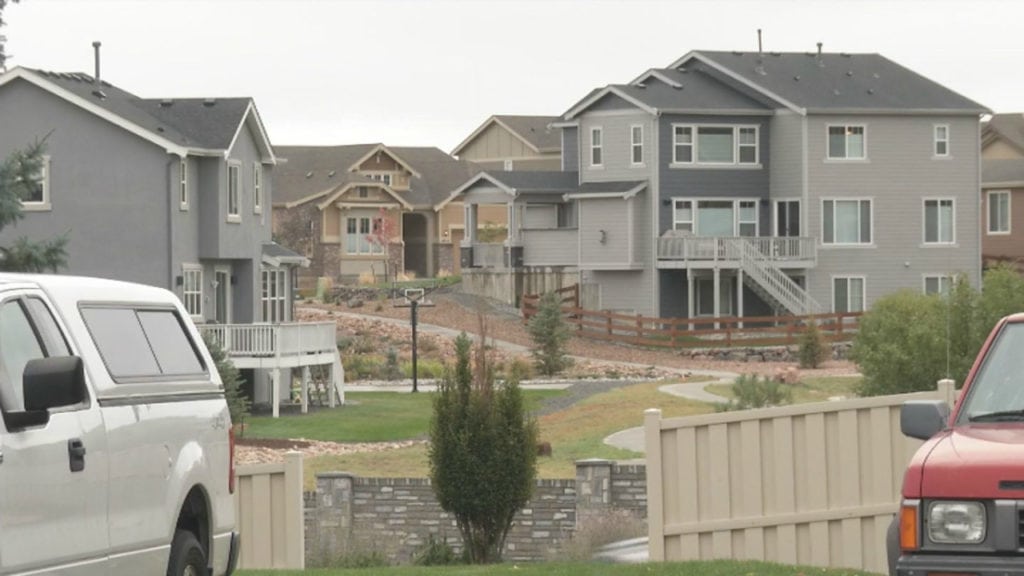COLORADO SPRINGS – It doesn’t matter if you’re owning or renting a home, living in Colorado Springs is becoming more expensive and at an alarming rate.
New data shows the rate at which living costs have increased from 2017 to 2018 in Colorado Springs makes the city No. 1 on a Forbes list ranking the nation’s cities with fastest rising costs of living.
Per the report, Colorado Springs residents needed an annual income of almost $50,000 to live comfortably in a one-bedroom apartment and pay for groceries, utilities and transportation. In 2018, that number has jumped to more than $67,000.
Vincent Arena didn’t think twice about buying his Colorado Springs home for $240,000 in 2004.
“I love the mountains and the trees. I mean, I like it. It’s not overcrowded,” Arena said.
The cost has skyrocketed since then. The homes Arena’s neighbors live in are now worth an extra $100,000.

It’s also the main reason why Colorado Springs leads the country in rate of increasing living costs.
“Really, it comes down to the fact that we were pretty inexpensive to begin with,” said Dr. Tatiana Bailey, director of the UCCS Economic Forum.
While the rate of increasing living costs is high, Bailey said Colorado Springs is just playing catch up.
“So yes, we are almost three times the national rate in terms of the rate of increase for single-family homes. We’re still relatively affordable,” Bailey said.
By the end of the year, Bailey said the median price for a single-family home in Colorado Springs will be around $305,000.
That’s up 14 percent from last year and nearly three times the increase at the national level.
That said, it’s all about relative comparison. Colorado Springs is still cheaper than Denver, Boulder and several mountain towns.
“The median home price in Boulder is $631,000, and you know, Boulder as an example is the sixth most expensive city in the United States to own a home,” Bailey said. “Colorado Springs is 26th out of 383.”
And while living costs have increased 36 percent from 2017 to 2018, wages have only climbed three percent — making it hard for some families to keep a roof over their heads.
“If we can’t quite increase wages as quickly as we’d like, the other side of the equation is ‘let’s try to keep this area as affordable as we can,” Bailey said.

